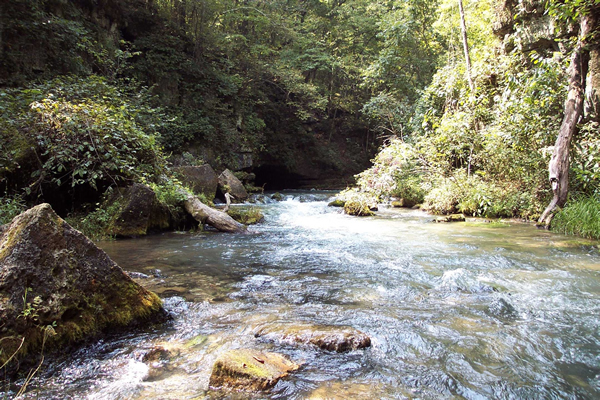Every two years, each state is supposed to list all its streams and lakes that fail to meet water quality standards, along with the pollutants causing the impairments. The list, known as the “303(d) list” for the section of the Clean Water Act that requires it, is intended to spur states to develop and implement plans to address the impairments. See the 2016 report including all currently listed impaired waters
Once states list impaired waters, they determine the number of specific pollutants that the water body can absorb and meet water quality standards. Total Maximum Daily Loads (TMDL) include allocations of the acceptable load for all sources of the pollutant. Watershed management plans must be formulated and implemented upon the determination of impaired waters.

The Missouri Department of Natural Resources (MDNR) has not listed all of the state’s impaired waters. Two of the rationales for delisting are technically adequate, if logically flawed: 1. Waters can be removed when a plan for dealing with the relevant pollutants has been developed—even if the plan has not actually shown results—and 2. They can be removed when the pollutant limits have been deleted from the state water quality standards, although the pollutant is still present in the stream. MDNR’s other justifications for failing to list waters, however, have no technical or legal merit, and some are just plain bizarre.
For example, MDNR states that “mercury contamination is widespread and present in fish throughout Missouri,” noting state health advisories to restrict fish consumption. Even so, MDNR “has removed all waters listed for mercury” and has not listed many others known to be contaminated. Why? The department claims that it did not want to give the public the mistaken impression that only the listed streams are impaired by mercury—given that the major source of mercury, according to MDNR, is atmospheric deposition.
While the Clean Water Act requires that all waters be “fishable,” meaning capable of supporting aquatic life, MDNR decided not to maintain or include on the 303(d) list a considerable number of streams known to have dissolved oxygen levels below state standards. These exclusions were based on the novel assumption that some streams have “naturally” low dissolved oxygen levels—an assumption which has yet to be factually established. Indeed, many of these unlisted streams were in urban or agricultural areas with multiple potential causes of low dissolved oxygen.
MDNR delisted more than 50 streams and lakes from the 303(d) list for having “insufficient” information—despite the fact that that information was sufficient to place them on the list in 2002 or earlier. The agency also elects to effectively ignore the 65,000 miles of unclassified streams—roughly a third of all stream miles in Missouri—by refusing to apply the available criteria designed to protect them. Both actions, as well as others undertook in keeping waters off the new list, place the department clearly outside the bounds established by the Clean Water Act and EPA regulations. MDNR is now reviewing public comments submitted on the proposed 303(d) list and may propose a few additions and/or deletions to the list based on those comments.
The state’s Clean Water Commission votes on MDNR’s proposed 303(d) list, but the final say on what streams are impaired in Missouri goes to EPA. The state must demonstrate “good cause” to EPA for its delistings and decisions not to add many clearly impaired waters to the list.
